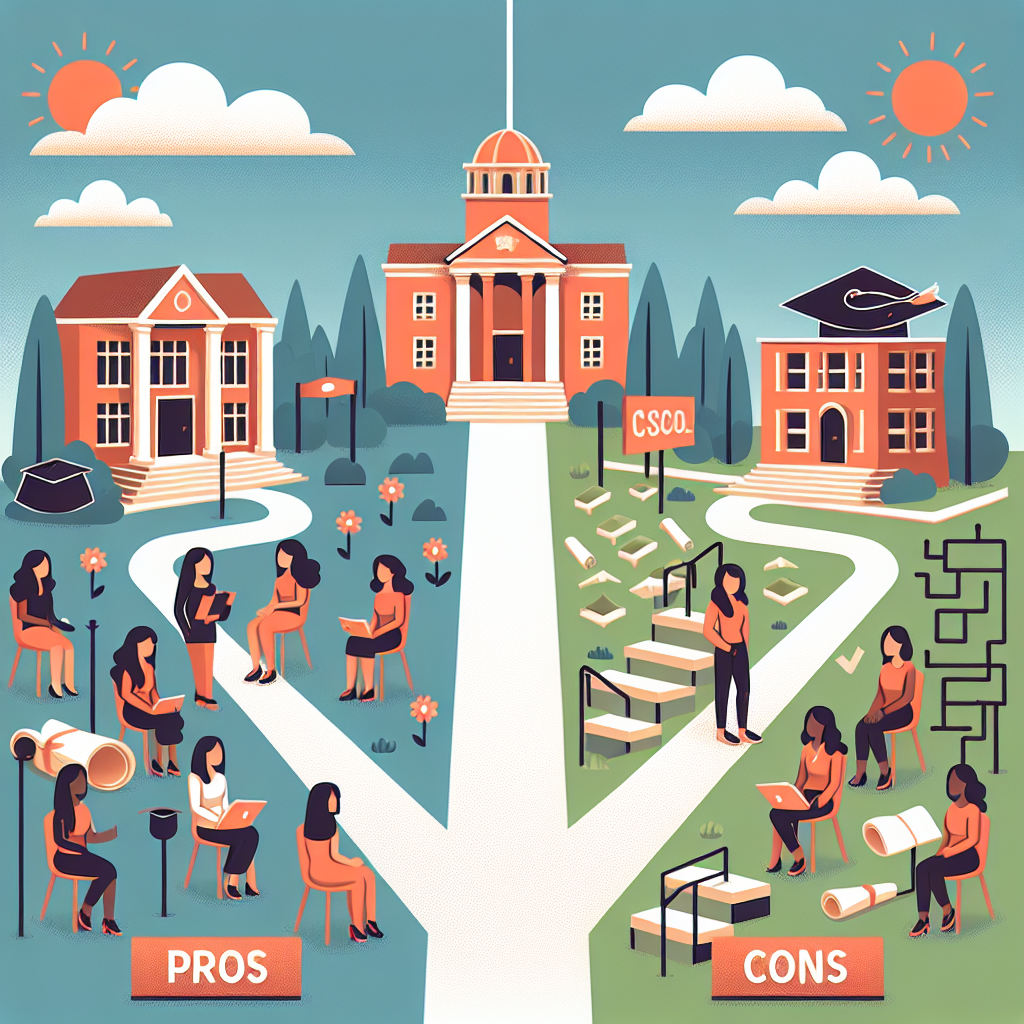Many students and policy watchers want clear guidance on funding options designed for underrepresented groups. School Grants For Women: Pros and Cons Explained is an exploration of how targeted financial support can expand access to education, the trade-offs involved, and practical steps women can take to make the most of available resources. This article looks at the main advantages and drawbacks, with examples and resources for further reading.
School Grants for Women: Benefits and Drawbacks
Targeted grants for women are designed to reduce barriers to enrollment, completion, and career advancement. On the plus side, they can increase representation in fields where women are underrepresented, ease financial pressure, and create networks through mentorship and cohort programs. On the downside, grants tied to specific demographics can face scrutiny over fairness, sometimes carry restrictions that limit student choice, and may not address deeper systemic issues like childcare access or workplace discrimination.
How grants help in practice
Financial assistance can have immediate impacts: lowering student loan dependency, enabling part-time students to attend full-time, and allowing recipients to choose internships or unpaid research opportunities that improve long-term career prospects. Many grant programs also include wraparound supports — such as advising, career services, and leadership training — that boost persistence and graduation rates.
Common criticisms and limitations
Critiques focus on three main points. First, targeted grants risk excluding students who face similar economic hardship but do not meet demographic criteria. Second, some awards are program-specific and require recipients to study certain majors or work in designated sectors, reducing flexibility. Third, the availability of grants varies widely by institution and region, meaning that two equally eligible students might receive very different levels of support.
Where to find discipline-specific options
Certain fields, like STEM and the arts, often have dedicated funds for women. For example, students pursuing creative degrees can look for opportunities tailored to visual arts, performance, and design. A useful starting point for arts-focused applicants is this compilation of scholarships for art students, which lists discipline-specific scholarships and resources that sometimes overlap with women-focused funding streams.
Making an Informed Choice: Practical Pros and Cons
Understanding the trade-offs of accepting a grant helps recipients avoid unintended consequences. Below is a concise list of the key advantages and disadvantages to weigh when evaluating an offer.
- Pros: Reduces tuition burden, increases access to high-quality programs, often includes mentorship and networking, can improve graduation and career outcomes.
- Cons: May come with eligibility or service obligations, can be limited to certain programs or institutions, potential for perceived unfairness from non-eligible peers.
- Neutral considerations: Availability varies regionally; some funds are cyclical and may not be guaranteed each semester.
Evaluating program restrictions
Before accepting a grant, read the fine print. Some awards require work-study, a commitment to work in a certain field or location after graduation, or maintenance of a particular GPA. These conditions can be reasonable trade-offs for reduced debt, but they may also limit career flexibility. Compare offers and ask program administrators about common scenarios like leaves of absence, changes in major, or transfers to other institutions.
Long-term effects on career and finances
Receiving a grant can alter the trajectory of a graduate’s early career by enabling internships, unpaid research, or graduate study that would otherwise be cost-prohibitive. That said, grants are rarely a cure-all for structural inequities. Complementary policies — such as affordable childcare, flexible scheduling, and employer-supported training — are also important for improving retention and advancement for women.
For context on broader educational attainment trends that help explain why targeted grants exist, the U.S. Census Bureau provides data and analysis on enrollment and completion patterns by sex and age; see their publication for detailed statistics and interpretation at U.S. Census Bureau: Educational Attainment in the United States.
Tips for Applicants
- Apply widely — combine need-based and demographic-specific grants with merit scholarships and institutional aid.
- Ask about renewal rules and what happens if your academic plan changes.
- Look for programs that include professional development, not only money; mentoring and internships amplify the value of grants.
FAQ
- Q: Are women-only grants legal and widely accepted? A: Yes. Targeted grants for historically disadvantaged groups are common and legal when designed to promote equal opportunity; institutions often use them to correct imbalances in certain fields.
- Q: Do grant obligations affect future job prospects? A: Some grants require a post-graduation service commitment, but many do not. Clarify obligations up front and weigh them against the financial benefit.
- Q: Can accepting a grant prevent me from getting other aid? A: Sometimes yes — aid packages can interact. Always disclose awards to financial aid offices so they can adjust need-based aid appropriately.



